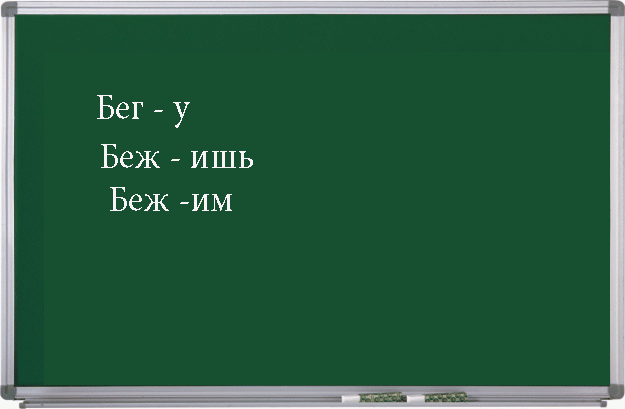Instruction
1
Despite the fact that the spelling of personal endings of the verb is taught from grades 2-3, mistakes occur very often. First of all we should remember that the end depend on the conjugations. The first thing to decline a verb. This is the main method of detection of the end of any part of speech. That part of the word that changes when the declination is the sought end.
2
In the Russian language the verb has two conjugations: the first and the second are designated by Roman numerals, respectively (I and II). Verbs of I conjugation have the ending (-ing), -em, -em, -esh, -ut (-ut), -ete. For example, read, read, read, read, read, read. Among the verbs of this conjugation, there are 11 exceptions: persecute,to hold, to breathe, to hear, to look, to see, to hate, to hurt, to turn, to depend, to endure. II conjugation have an ending -at, -it, -ish, -it, -at (-JT), -ITE. For example, twist,twist, twist, twist, twist, twist. Writing the end is confusing, if it is stressed. If not, you need to determine the type of verb conjugations and put the end in accordance with it.
3
Like any rule in writing verb endings, there are several deviations from the norm. Pay attention to the so-called raznotravem verbs: to want, to Brezice and run. These verbs have the endings of both the first and second conjugations.
Want, want, want; but I want - want - want.
Run - run - runs; but run - run - run.
In verbs the imperative in the verb endings of any of the two conjugations written form of the second conjugation -ITUS. Verbs to put, to ride, to go have the form: put (put, put), go (), go ().
Also the correct spelling of the verbs with the prefix -that is(-I) depends on the transition. Intransitive verbs belong to the first conjugation. Transition to the second.
Want, want, want; but I want - want - want.
Run - run - runs; but run - run - run.
In verbs the imperative in the verb endings of any of the two conjugations written form of the second conjugation -ITUS. Verbs to put, to ride, to go have the form: put (put, put), go (), go ().
Also the correct spelling of the verbs with the prefix -that is(-I) depends on the transition. Intransitive verbs belong to the first conjugation. Transition to the second.
